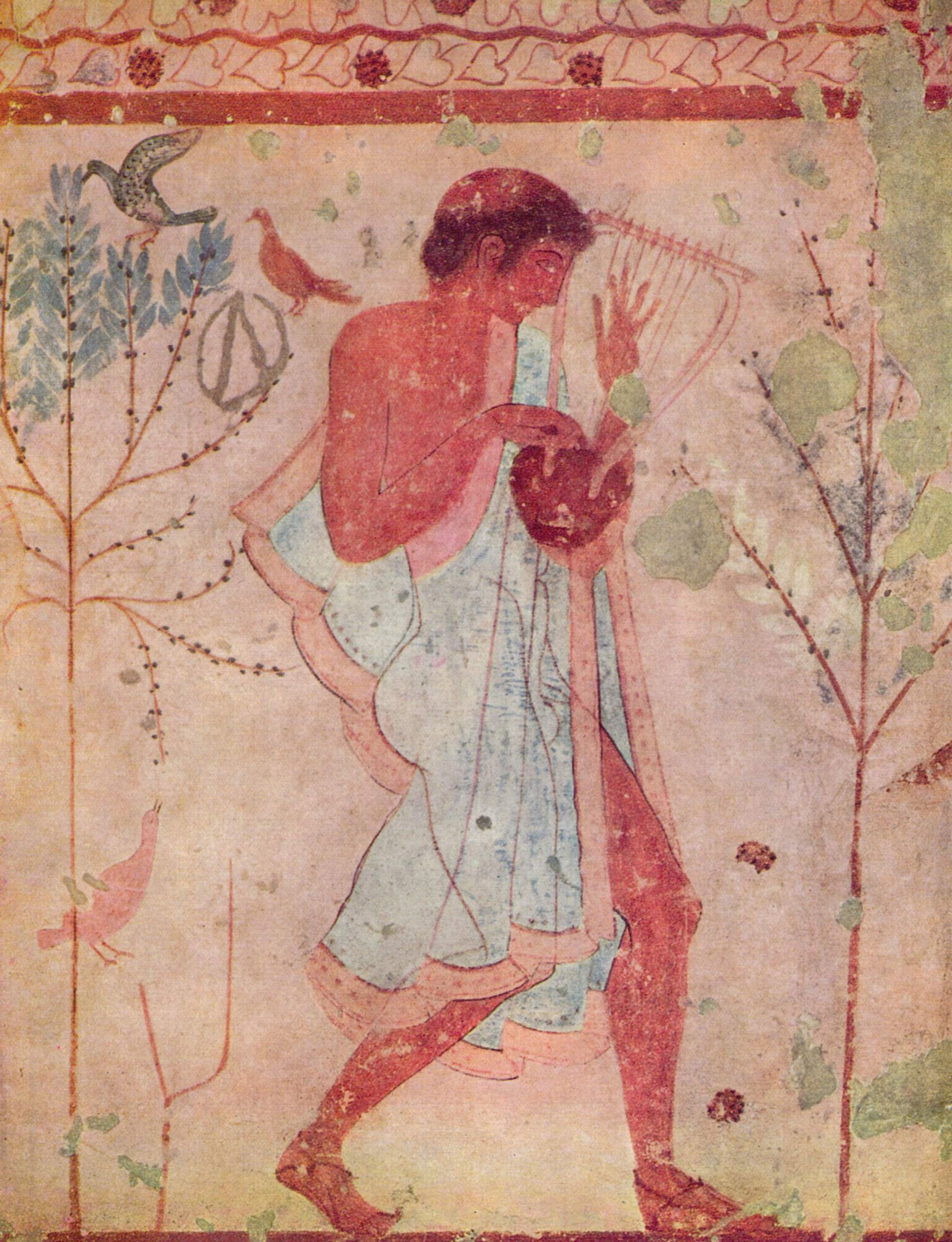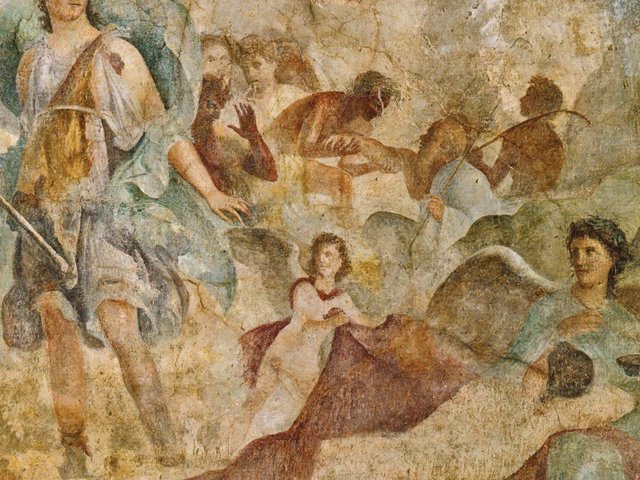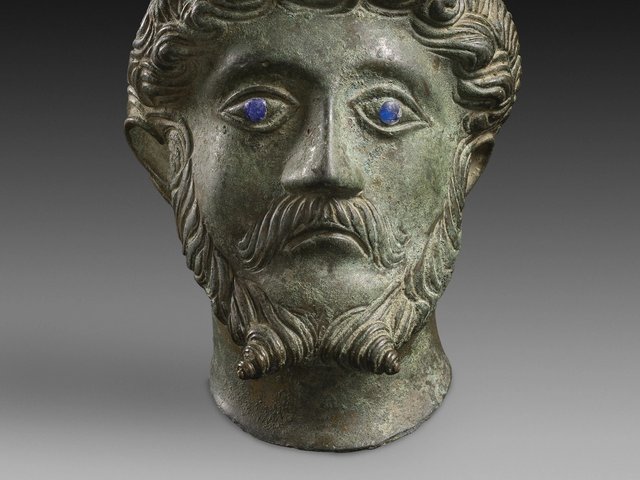Paintings were as important in ancient Greece and Rome as in any other period of art history. Wooden panel paintings were held in particularly high esteem. Yet the remnants of this artistic tradition, which flourished almost continuously for more than two millennia, from the Middle Bronze Age to the end of the Byzantine Empire, are partial and fragmentary. Of the ancient masterpieces on wood, for example, literally nothing survives. We are left with tantalising references in classical literature that allude to some of the most famous names in the history of art: Apelles, for example, who worked under Alexander the Great. Mentions of his lost paintings inspired Early Modern artists such as Botticelli to produce emulative reconstructions, but the originals have left no identifiable traces.
Much more substantial is the evidence for wall paintings, particularly in the protective environment of sealed tombs. In recent decades the Macedonian tombs of the fourth century BC have revealed some extraordinary examples of Greek painters’ skills from more or less exactly the time of Apelles, and the discoveries keep coming. Similarly, our knowledge of Roman painting has been informed since the 18th century by the quite exceptional finds around Pompeii and Herculaneum, but also by continuing discoveries right across the Roman Empire.
Alongside these precious survivals are artistic proxies—works in other, more durable media such as mosaics and Greek painted pottery—which offer hints at the lost art of monumental painting. Past studies have perhaps been too inclined to rely on these problematic clues, to the extent that one recent book about ancient Greek painting used a mosaic as the cover illustration! The Cambridge History of Painting in the Classical World does not ignore such sources, which are explicitly tackled in three chapters. However, the main purpose of the book is to offer a detailed survey of larger-scale paintings, based on the extant evidence itself.

The chapters are arranged chronologically from the period of the Minoan and Mycenaean civilisations through Archaic and Classical Greece, to the Hellenistic period and the Roman Empire. The abundance of Etruscan tomb painting, on the western edge of the Greek world, shifts the centre of gravity to Italy in two of the chapters. This is not a collection of essays or short introductions in the manner of the edited “companions” and “handbooks” that have recently proliferated in classical studies. Instead, we have substantial, academically serious but synthetic overviews that will prove useful for students. The 65-page discussion of Aegean painting by Anne Chapin is among the best surveys available, while Stephan Steingräber’s chapter on Etruscan painting from the seventh to fifth century BC takes the reader through the rich evidence almost year by year. Another long contribution is Irene Bragantini’s brilliantly fresh synopsis of Roman Republican and Early Imperial painting, which manages to see old material in the light of new thinking about its social and cultural contexts, and deftly defers use of the classification system known as the “four styles”, which has possessed the field for more than a century. Roger Ling complements this with a chapter conjuring up a depressing picture of more-or-less relentless post-Pompeian decline, though patronage of paintings continued to flourish in the Roman Empire; and, if we accept the notion of qualitative decline, then that phenomenon has considerable sociological and art-historical interest in itself.
All the chapters are up to date, encompassing the results of newer finds and publications. The nine chapters amount to a comprehensive synopsis of ancient painting—something that has not been offered on this scale for perhaps 80 years, despite countless more specialist studies in the meantime. The distinguished contributors—who include several emeritus professors—have sought successfully to offer an authoritative account, but one that does justice to the interpretative problems and controversies that characterise the subject.
• Peter Stewart is the director of the Classical Art Research Centre at the University of Oxford
The Cambridge History of Painting in the Classical World
J.J. Pollitt
Cambridge University Press, 500pp, £150 (hb)



